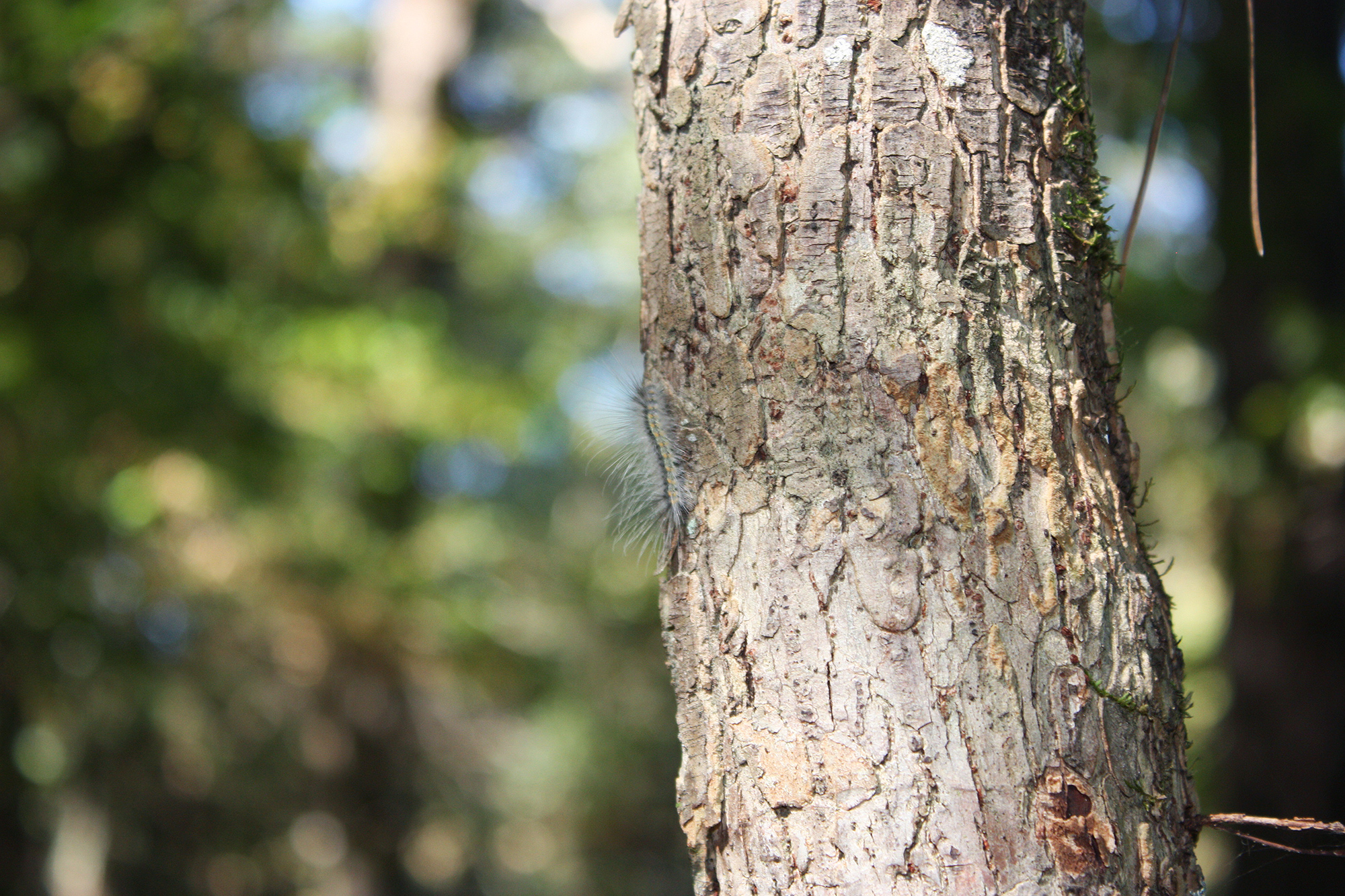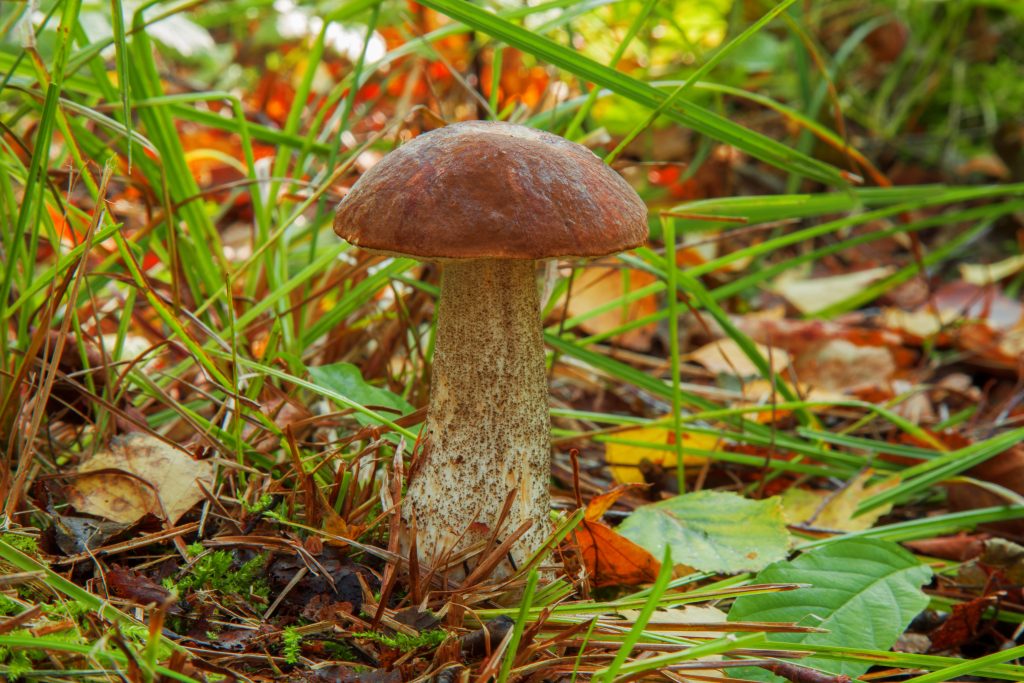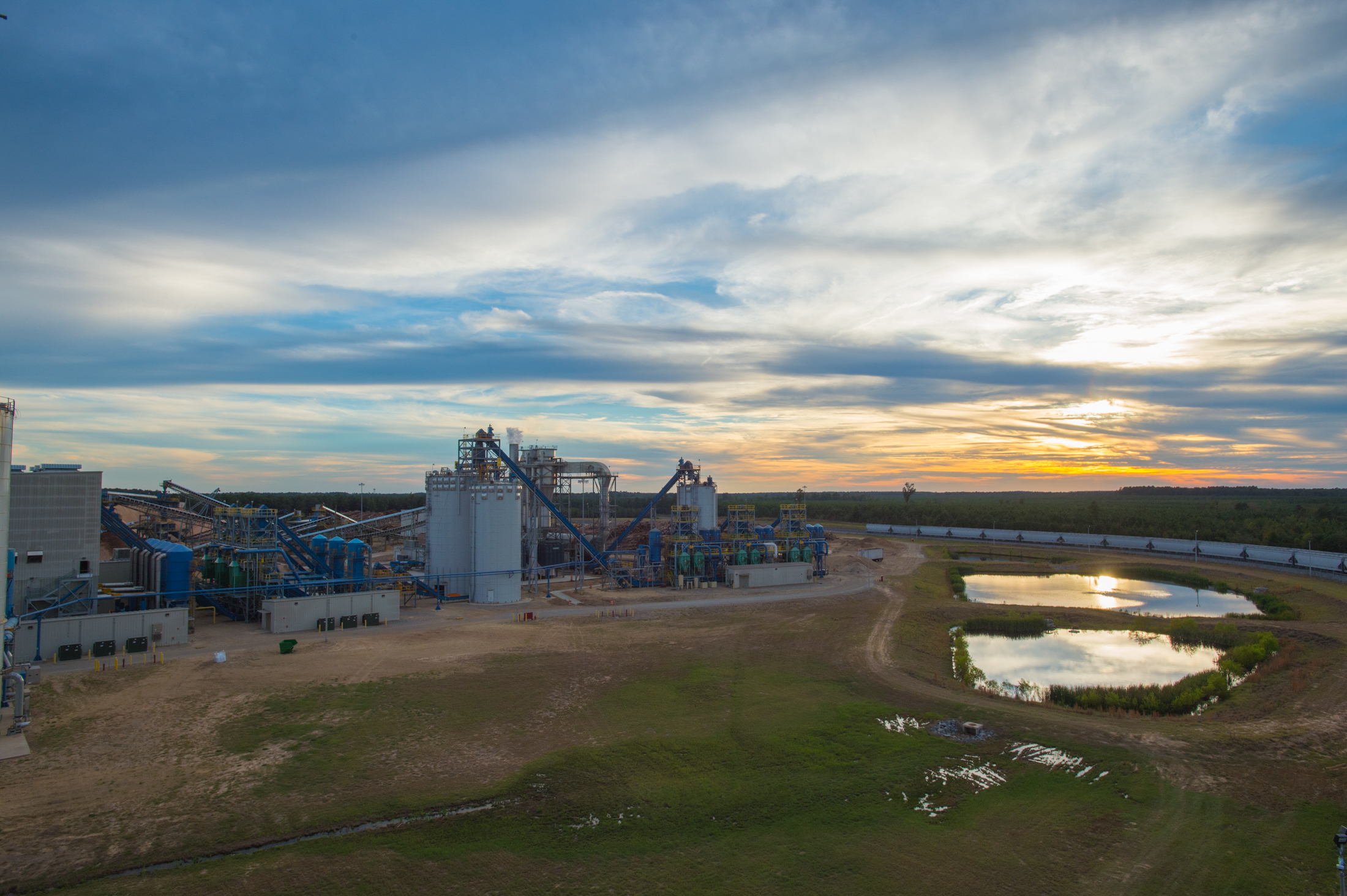
Discussions about our future are closely entwined with those of our power. Today, when we talk about electricity, we talk about climate change, about new fuels and about the sustainability of new technologies. They’re all inexplicably linked, and all hold uncertainties for the future.
But in preparing for what’s to come, it helps to have an idea of what may be waiting for us. Researchers at universities across the UK, including the University of Manchester and Imperial College London, have put their heads together to think about this question, and together with the Supergen Bioenergy programme they’ve created a unique graphic novel on bioenergy that outlines three potential future scenarios.
Based on their imagined views of the future there’s plenty to be optimistic about, but it could just as easily go south.
Future one: Failure to act on climate change
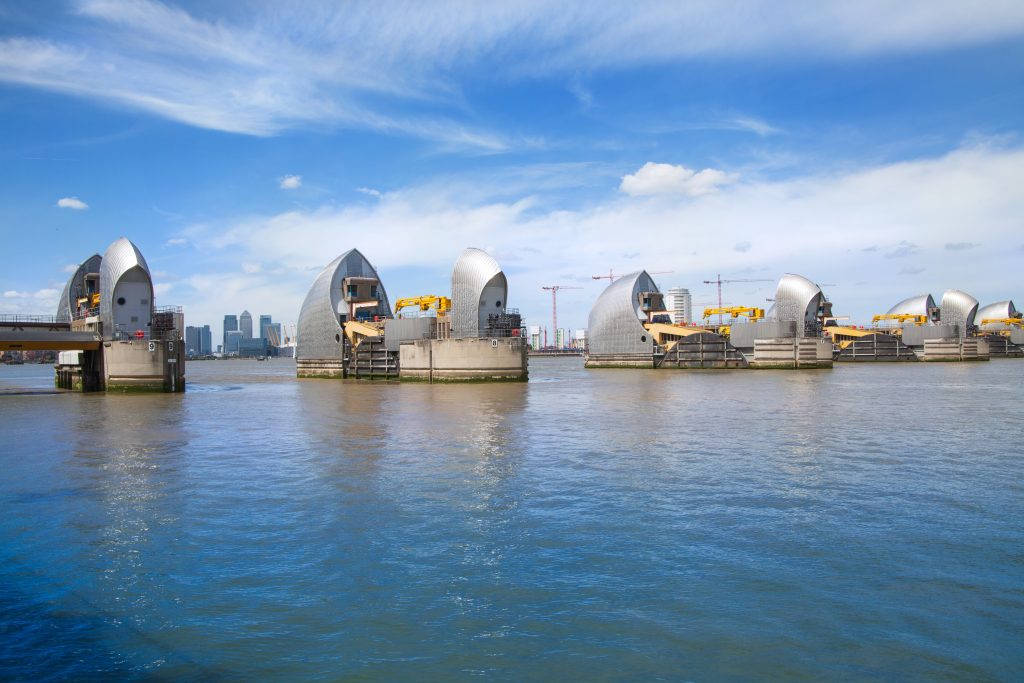
In the first scenario, our energy use and reliance on non-renewable fuels like oil, coal and gas continues to grow until we miss our window of opportunity to invest in renewable technology and infrastructure while it’s affordable.
Neither the beginning nor the end of the supply chain divert from their current trends – energy providers produce electricity and end users consume it as they always have. Governments continue to pursue growth at all costs and industrial users make no efforts to reverse their own rates of power consumption. In response, electricity generation with fossil fuels ramps up, which leads to several problems.
Attempts to secure a dwindling stock of non-renewable fuels lead to clashes over remaining sources as nations vie for energy security. As resources run out, attempts to put in place renewable alternatives are hampered by a lack of development and investment in the intervening years. The damages caused by climate change accelerate and at the same time, mobility for most people drops as fuel becomes more expensive.
Future two: Growing a stable, centralised bioenergy
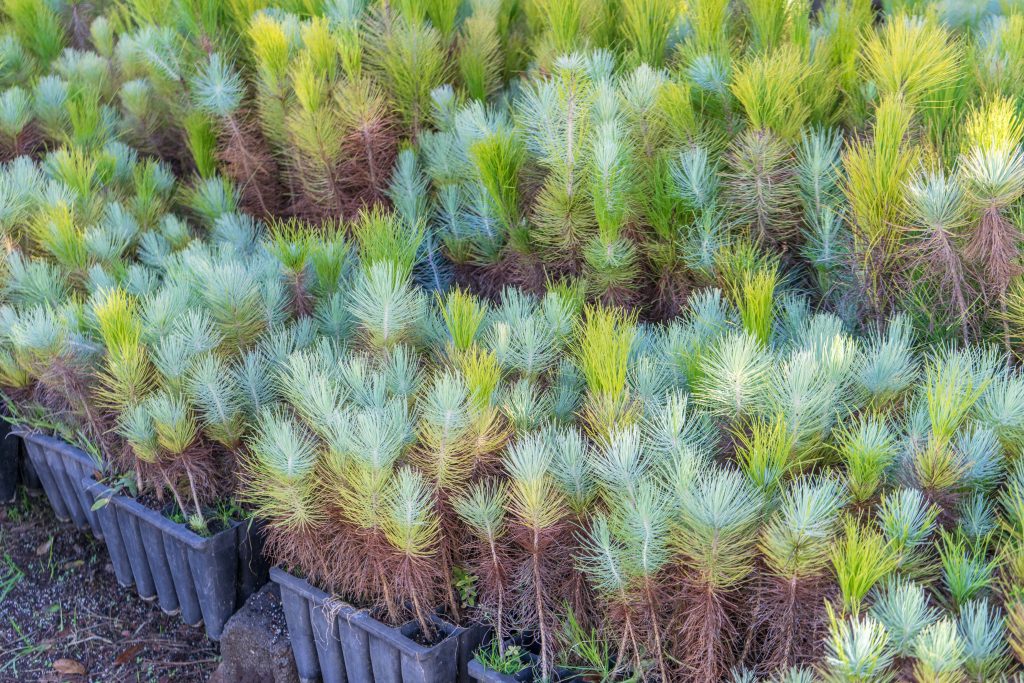
A future of dwindling resources and increasing tension isn’t the only way forward. Bioenergy is likely to play a prominent role in the energy mix of the future. In fact, nearly all scenarios where global temperature rise remains within the two degrees Celsius margin (recommended by the Paris Agreement) rely on widespread bioenergy use with carbon capture and storage (BECCS). But how far could the implementation of bioenergy go?
A second scenario sees governments around the world invest significantly in biomass energy systems which then become major, centralised features in global energy networks. This limits the effects of a warming climate, particularly as CCS technology matures and more carbon can be sequestered safely underground.
This has knock-on effects for the rest of the world. Large tracts of land are turned over to forestry to support the need for biomass, creating new jobs for those involved in managing the working forests. In industry, large-scale CCS systems are installed at sizeable factories and manufacturing plants to limit emissions even further.
Future 3: The right mix bioenergy
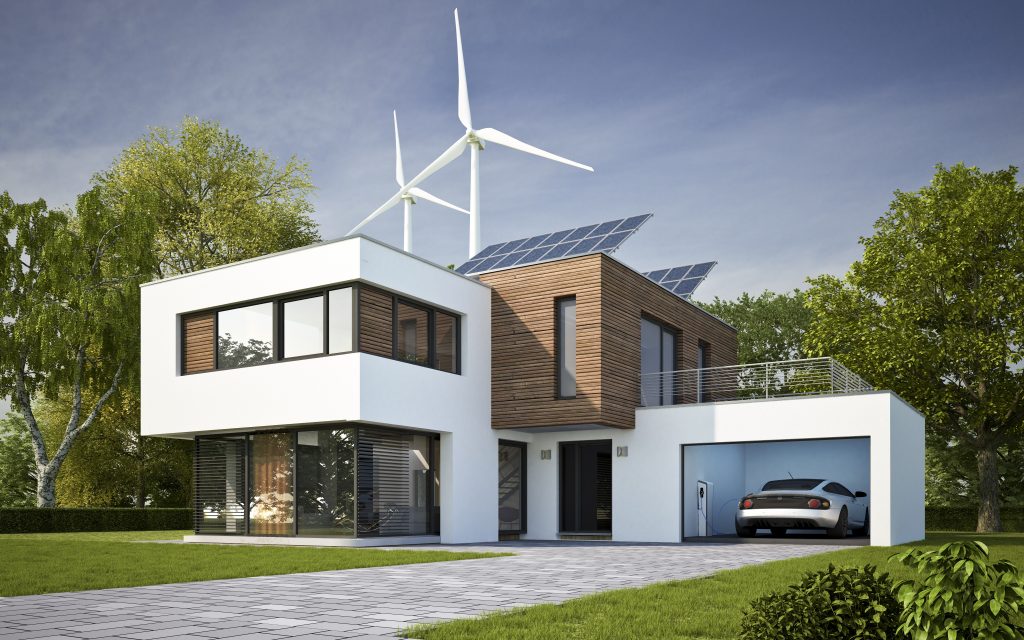
A third scenario takes a combined approach – one in which technology jumps ahead and consumption is controlled. Instead of relying on a few concentrated hubs of BECCS energy, renewables and bioenergy are woven more intimately around our everyday lives. This relies on the advance of a few key technologies.
Widespread adoption of advanced battery technology sees wind and solar implemented at scale, providing the main source of electricity for cities and other large communities. These communities are also responsible for generating biomass fuel from domestic waste products, which includes wood offcuts from timber that makes up a larger proportion of building materials as wooden buildings grow more common.
Whether future three – or any of the above scenarios – will unfold like this is uncertain. These are just three possible futures from an infinite range of scenarios, but they demonstrate just how wide the range of futures is. It’s up to us all – not just governments but businesses, individuals and academics such as those behind this research project too – to to make the best choices to ensure the future we want.







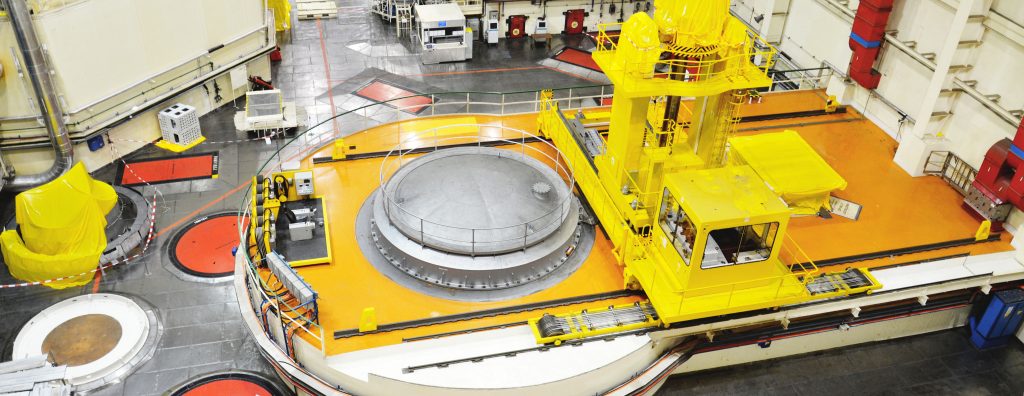

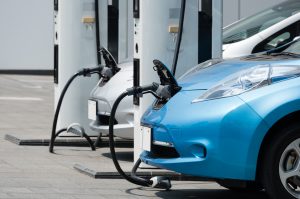

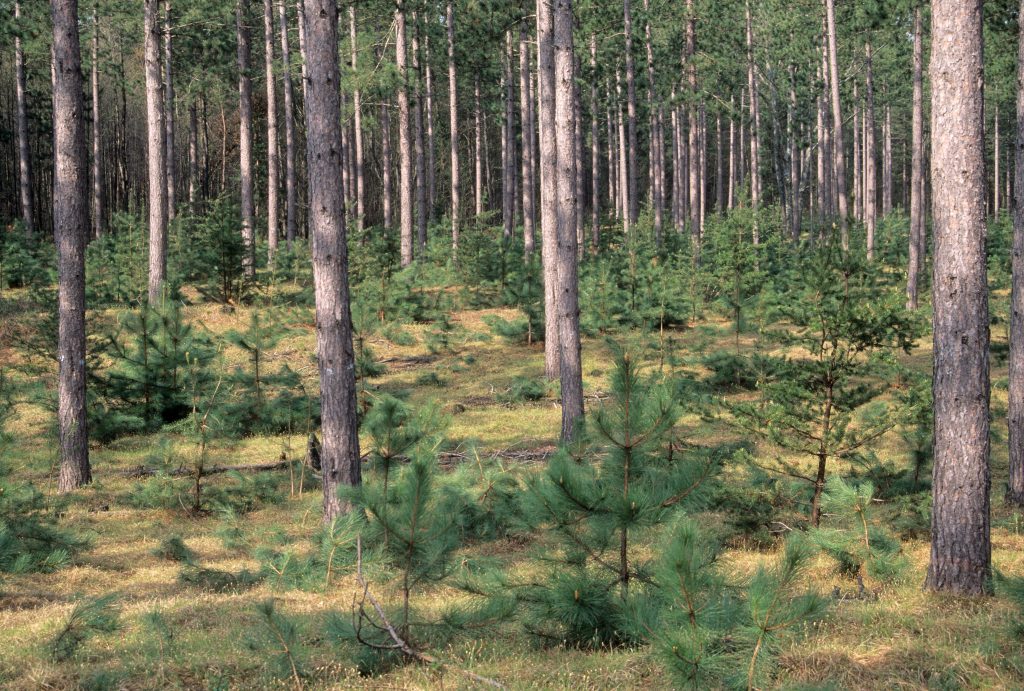
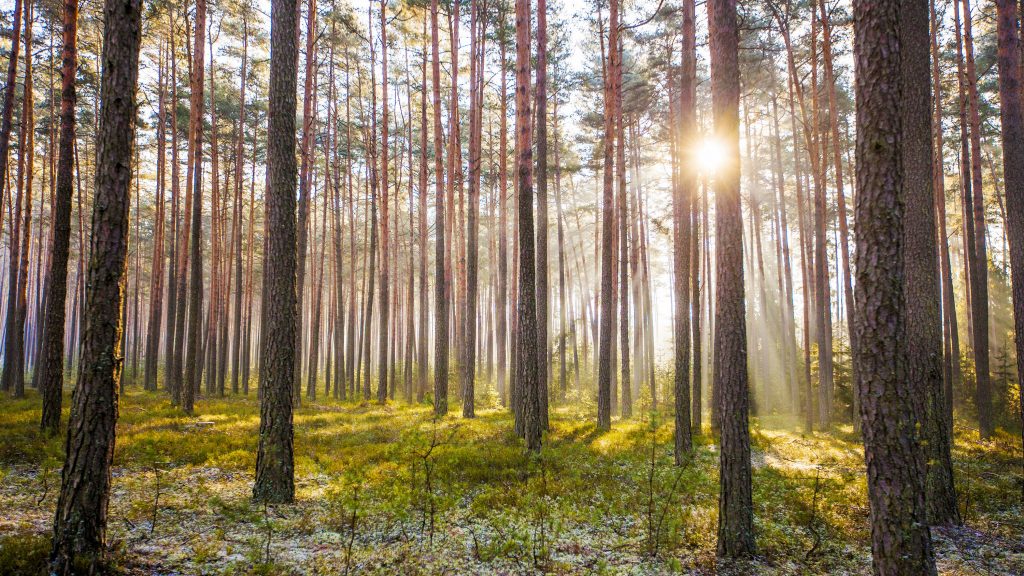

 Powering self-sufficient robots
Powering self-sufficient robots  Purifying water
Purifying water Flying across the Atlantic
Flying across the Atlantic
